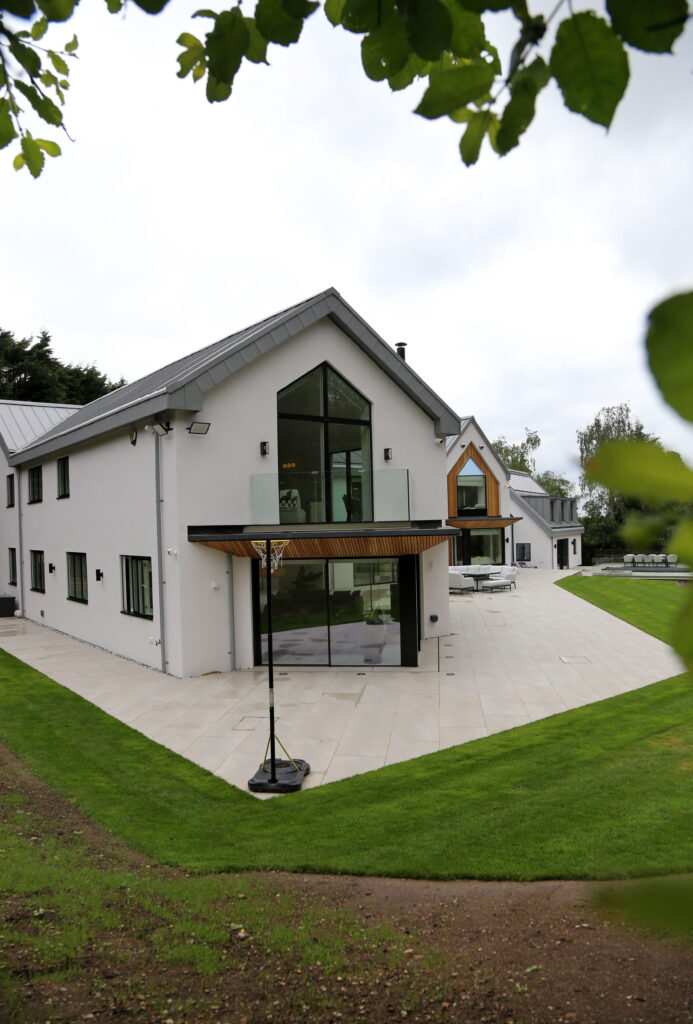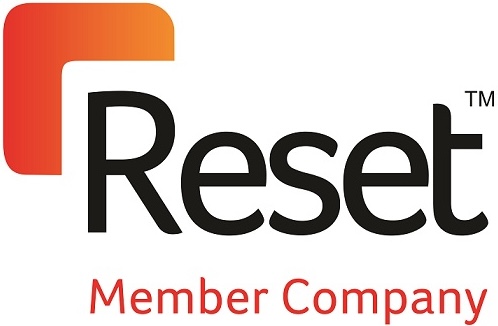At Allsopp Construction, we take pride in delivering high-quality construction projects that stand the test of time, from residential renovations and extensions to new builds and commercial developments.
As environmental awareness grows and legislation evolves, interest in renewable heating technologies is increasing. Among the most viable options are Ground Source Heat Pumps (GSHP) and Air Source Heat Pumps (ASHP), both of which offer efficient, low-carbon alternatives to traditional heating.
Under the UK’s Future Homes Standard, from 2025, new homes can no longer be built with gas boilers as the main source of heating. Low-carbon heating systems such as heat pumps are the new standard for compliance, making air and ground source heat pumps the primary options for new developments and major renovations.
Understanding Ground vs Air Source Heat Pumps
Both GSHP and ASHP systems use renewable heat to heat homes efficiently, but they differ in how they collect heat, installation complexity, and cost:
• Ground Source Heat Pumps (GSHP) use underground loops or boreholes to extract consistent low-grade heat from the ground. They offer year-round reliability and excellent long-term efficiency, regardless of outside temperatures.
• Air Source Heat Pumps (ASHP) draw heat from the outside air and are generally quicker, easier, and more affordable to install. They’re ideal for projects with space constraints or tighter budgets.
Cost, Payback, and Potential Savings
While GSHP systems generally require a much higher upfront investment, typically being double the cost, they offer excellent efficiency and long-term savings:
• GSHPs can reduce heating bills by 25–50%, saving around £300–£800 annually depending on property size and insulation.
• ASHPs offer 20–40% savings, or £200–£500 per year on average.
(Source: Energy Saving Trust)
Project Example: Woodlands, Draycott in the Clay
A recent example of sustainable heating integration is Woodlands, a significant two-year renovation and extension project completed in May 2025.
The homeowners were committed to creating a highly efficient, environmentally responsible home. We worked with IMS Heat Pumps to install a GSHP system that now provides all heating and hot water for the property. This was combined with extensive insulation, solar panels, and battery storage, resulting in impressively low energy bills and the potential for net energy gain.
Allsopp Construction managed the extensive pipework and integration required for the system, working alongside IMS to deliver a high-quality installation aligned with the client’s sustainability goals. Groundworks and installing the pipe work cost the client in the region of £36,000 with a further £38,000 for the pump.
Future-Proofing Homes
With gas boilers being phased out in new builds from 2025, low-carbon heating is no longer optional. Heat pump whether ground or air-based offer a practical solution to lowering emissions and running costs.
At our new development at Bradmore, Nottingham, we will be installing Air Source Heat Pump systems in the three new properties, reflecting this ongoing shift towards future-compliant, energy-efficient heating.







